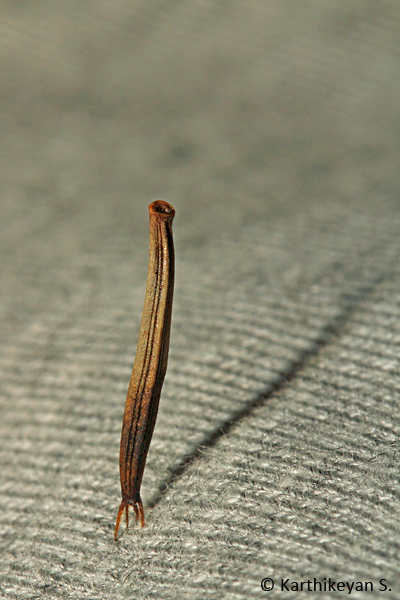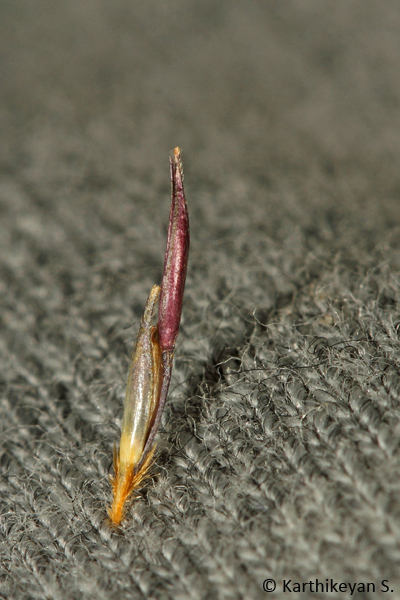Many of you, who are reading this article, perhaps spend considerable time in the outdoors. How often have you at the end of the trip sat down and patiently removed various plant matter stuck to your clothes? Or even been irritated by inconspicuous things embedded in your outfit that poked every now and then? – poked when you were out trekking or birding, or at the opportune moment when photographing that little butterfly on a low shrub and the stabbing pain made you jerk suddenly, the butterfly took to air and it was a missed opportunity! If you have experienced any of these, then please know that you have been used!
Plants are organisms that are rooted to one place. This life style has some inherent concerns; among them, seed dispersal being an important one. It is very necessary for the plant, for its long-term survival, to be able to transport its seeds across a large area – far away from the parent and also from other seedlings of its own kind. This will help the next generation in avoiding competition for nutrients, sunlight and all else that a growing plant requires, increasing the chances of survival.
Over the 450 million years that plants have been around, they have evolved many strategies to ensure that the seeds they produce, survive and propagate. They have successfully used wind, water, animals and in more recent times, humans.
Here, we will look at how plants have managed to use animals (including humans) to transport their seeds. Animals might move seeds of plants by ingesting the fruit and dispersing seeds much later along with their excreta. Or, by simply carrying them inadvertently – just like all of us walking through grassy patches and shrubbery do!
It was during one of my travels that I walked off the road towards a tree in bloom to get some pictures. Along the path, my attention was drawn to a large structure with two pointed hooks attached to a plant. I looked around and found many more. The plant’s intentions became clear to me. I carefully avoided these pointed hooks and got some pictures of the tree in question. And, before leaving the scene also photographed these hooked structures.
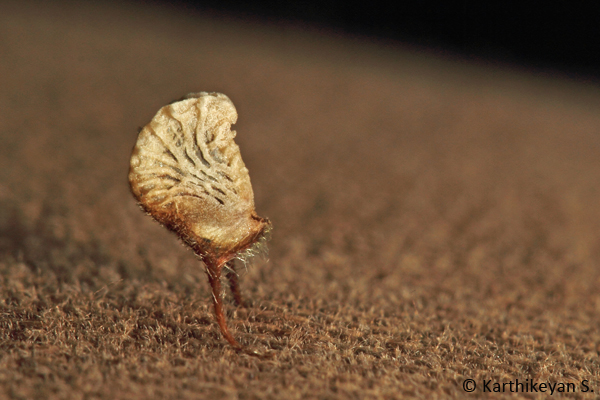 Seed of a shrub with two hooks and several bristles enabling it to latch on to clothing.
Seed of a shrub with two hooks and several bristles enabling it to latch on to clothing.
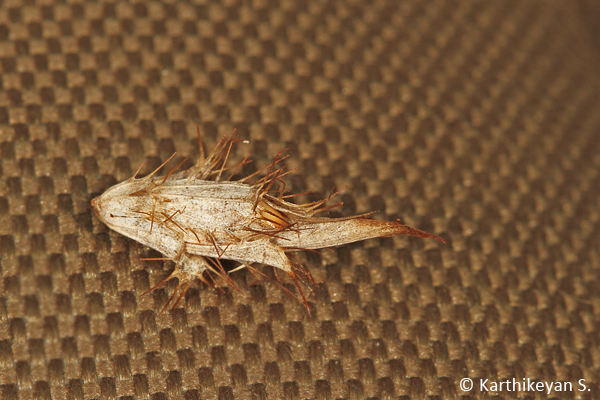
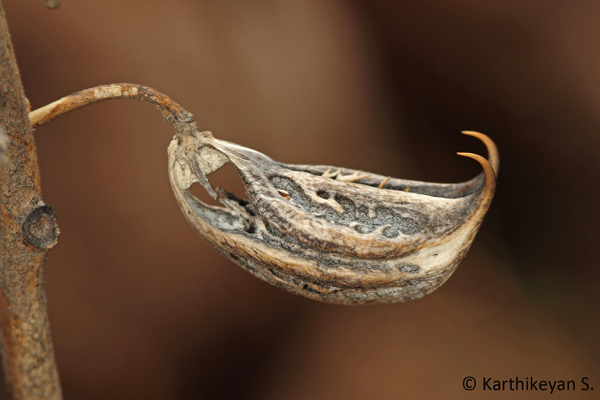 Seed case of Martynia annua, also popularly called Devil’s Claw or Cat’s Claw, native to Mexico.
Seed case of Martynia annua, also popularly called Devil’s Claw or Cat’s Claw, native to Mexico.
So the next time you come back from the field and find seeds stuck to your clothes, remember that the plants have outsmarted you yet again!
